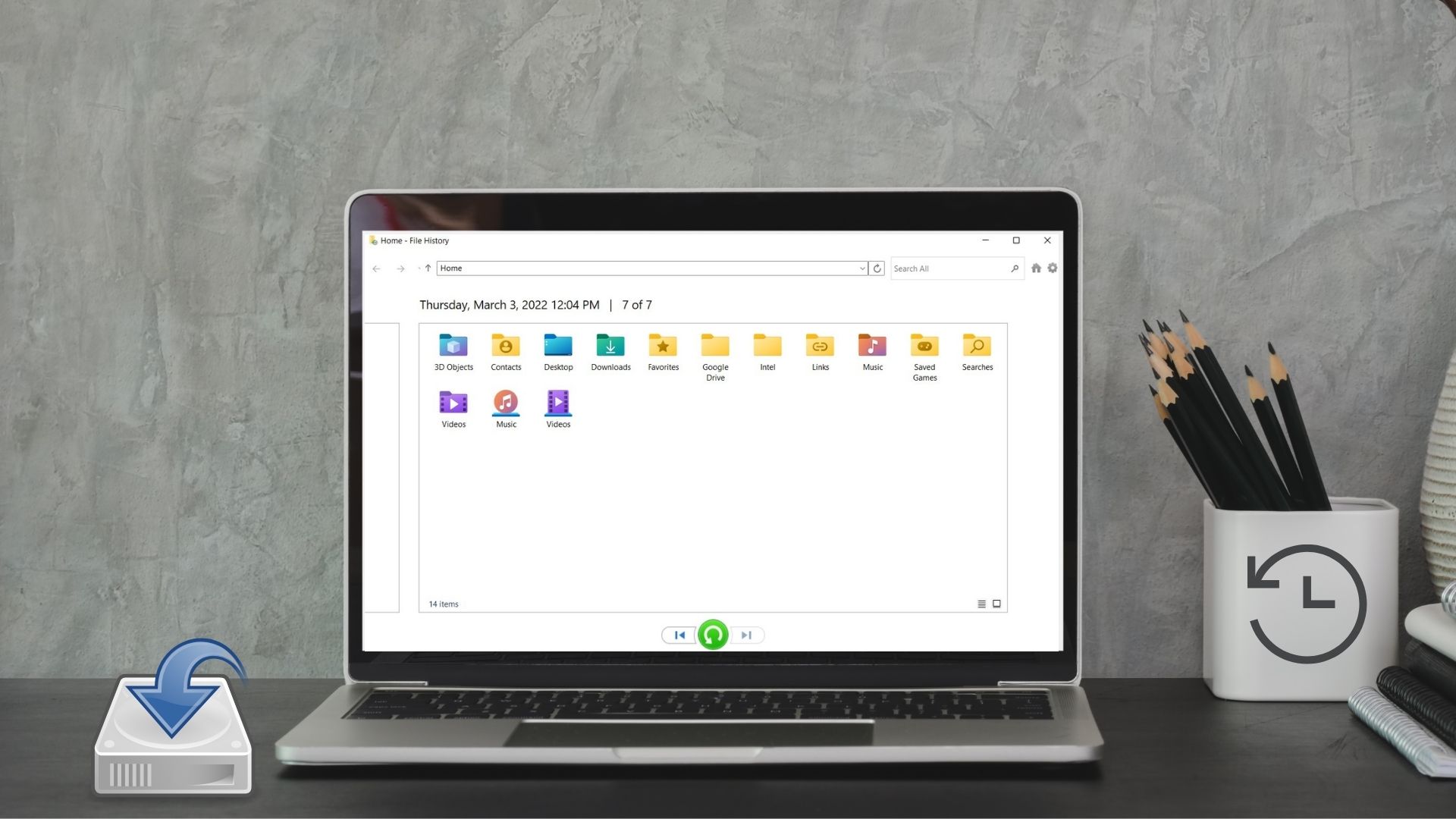We recommend editing registry files in many of our troubleshooting guides for Windows 10. The Registry contains instructions and references to system files essential for running software and hardware harmoniously. Many of the advanced features and settings can be enabled/disabled by tweaking the registry entries. But what happens when you edit the wrong file or enter the wrong value? What if there is an unforeseen conflict? That can break your computer and render all the data on it inaccessible. That’s why we are sharing this guide on how to backup, restore, and edit registry files. Here is everything you need to know about the Registry Editor before you begin tweaking it.
Basic Terminology
Here is what a typical registry key path looks like. ‘HKEY_LOCAL_MACHINE’ and other top-level folders you see are called Hives. The ‘SOFTWARE’ is called a key, and they can go deep (many levels), each divided by a backslash. Finally, ‘Default’ file you see on the right is called a value. You can think of them as folders and files for the sake of simplicity. Disclaimer: Do not mess around with registry keys and values if you don’t know what you are doing. Adding, deleting, and editing these can break things on a system level. We highly recommend you to avoid making changes on your only computer unless you don’t mind reinstalling windows, loss of data, and several settings. Proceed at your own risk.
How to Edit Keys or Values in Registry Editor
It’s best to tweak those values in Safe Mode. However, the more elaborate answer will depend on the problem you are trying to troubleshoot. Once you have taken a backup of the registry using one of the methods below, reboot your computer into Safe Mode before you begin troubleshooting. That way, if something goes wrong, you won’t have to reinstall or reset the whole operating system. You can restore the edited/deleted registry key to make your computer work again. The process of opening the Registry Editor and creating/deleting/editing a key or value remains the same in Safe Mode.
How to Backup System Registry in Windows 10 Regularly
There was a time when Windows would backup the’system registry’ to the RegBack folder. That is no longer the case, as noted by Microsoft. The Windows 10 version 1803 release brought a change to reduce the footprint of the OS on the disk. For those who didn’t catch it, Windows will only backup specific keys and values in the system registry that are essential for the functioning of the OS. That means third-party apps will be left out. Fortunately, there is a way to change this system setting using the Registry Editor itself. That’s ironic. Microsoft Support team shared the steps to keep the option open in case someone wanted to take a backup of system registry files regularly. To enable the legacy method, drill down to the below location. If you don’t see the EnablePeriodicBackup value, then create one. So, right-click on the right window-pane and select DWORD (32-bit) Value and name it so. Double-click on the newly created file and change the value from 0 (zero) to 1. Close the Registry Editor and restart your computer to initiate the backup process. Windows should have created a new task named RegIdleBackup to manage it. You can check it in the Task Manager (Ctrl+Shift+Esc).
How to Backup/Restore Registry Manually
This is one of the two methods that Microsoft recommends you for taking a backup of the registry keys and values. Search for Registry Editor in Windows search and open it with the administrative privileges — Run as administrator. Select the key that you want to backup and select Export under the File menu. In the next screen, you will be asked to choose a location and name the file. I suggest you name the output file the same as the key. That will make it easier to identify when you want to restore it. The export function will create a .REG file that a text editor like Notepad can easily read. The export range is where you can choose to either export everything or just the selected branch. All is always a safer bet in case of doubt. Restoring is simple in case you’ve messed up something. Open the path where you want to restore the key and click on Import under File menu. Select the file, and the interface should add it to the Registry Editor.
How to Backup/Restore Using Restore Point
Folks at Microsoft recommend another method for that. Creating a restore point will take a backup of the registry files, and also other important system files. Note that there is a difference between reset and restore points. Search for ‘Create a restore point’ in the Start menu and open it. Click on Create here. You can then follow on-screen instructions to create a restore point. If you want to restore your system to a previous restore point, then repeat the same process you did for creating a restore point. However, on the last window, click on System Restore button and follow on-screen instructions.
Bring the Registrar
There are a few third-party apps also available for taking a backup and restoring those registry keys. One of them is MiniTool ShadowMaker. However, I rely on system restore points more than anything else. The process is easy, free, and Windows OS regularly creates a point. You can manually create one before making any major changes, like editing the registry entry. It is better to restore registry than reinstalling the entire OS while losing the data. Next up: Missing old features that are no longer available in Windows 10? Here is how you can get some of them back. Click on the link below to learn more. The above article may contain affiliate links which help support Guiding Tech. However, it does not affect our editorial integrity. The content remains unbiased and authentic.




















